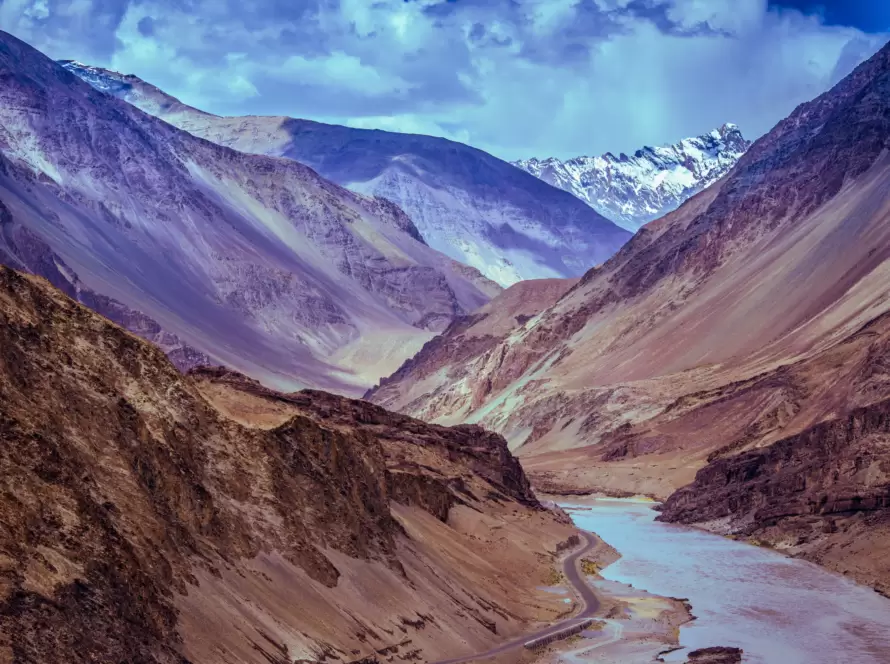Generated by Contentify AI
- Introduction
- Survival of Traditional Indian Dance Forms
- Influence of Modernization on Indian Dance
- Revival and Preservation Efforts
- Impact of Traditional Indian Dance on Global Stage
- Conclusion

Introduction
Traditional Indian dance forms have a rich history that has evolved over centuries. These dance forms have managed to survive through generations, adapting to changing societal and cultural landscapes. The influence of modernization has undoubtedly impacted Indian dance, with contemporary elements blending with traditional techniques. However, efforts to revive and preserve these traditional dance forms have been significant, contributing to their continued relevance and impact on the global stage.
Survival of Traditional Indian Dance Forms
Traditional Indian dance forms have withstood the test of time, demonstrating remarkable resilience in the face of modernization. These ancient art forms have adapted to societal changes while retaining their distinct essence. The survival of traditional Indian dance forms can be attributed to the unwavering dedication of practitioners and institutions to preserve and promote their legacy. Through their evolution, these dance forms continue to captivate audiences worldwide, showcasing the enduring beauty and relevance of India’s rich cultural heritage.
Influence of Modernization on Indian Dance
In the modern era, traditional Indian dance forms have encountered influences that have shaped their evolution. The impact of modernization on Indian dance has led to a fusion of traditional techniques with contemporary elements, contributing to the dynamic nature of these art forms. As globalization has facilitated cross-cultural exchanges, traditional Indian dance has embraced new themes and narratives, reflecting the changing societal landscape while preserving its intrinsic cultural essence. This harmonious blend of tradition and modernity has propelled traditional Indian dance onto the global stage, captivating audiences worldwide and ensuring its continued relevance and significance in the realm of performing arts.
Revival and Preservation Efforts
The preservation and revival of traditional Indian dance forms have been paramount in safeguarding the rich cultural heritage of India. Efforts to ensure the continuation of these art forms have included initiatives such as establishing dedicated institutions, organizing workshops, and promoting education in traditional dance. Additionally, collaborations with contemporary artists and the integration of technology have helped in bringing traditional Indian dance to a wider audience, ensuring its evolution and longevity. These revival and preservation efforts have not only safeguarded the authenticity of Indian dance but also contributed to its growing recognition on the global stage, reinforcing its enduring legacy for generations to come.
Impact of Traditional Indian Dance on Global Stage
Traditional Indian dance forms have transcended geographical boundaries, captivating global audiences and leaving an indelible mark on the international stage. The evolution of these art forms has been marked by a seamless blend of tradition and innovation, adapting to the changing cultural dynamics while staying true to their roots. Through collaborations with international artists, performances at prestigious global venues, and the use of digital platforms, traditional Indian dance has garnered widespread recognition and appreciation. Its impact on the global stage not only signifies the enduring legacy of Indian cultural heritage but also serves as a bridge connecting diverse communities through the universal language of art.
Conclusion
The influence of modernization on traditional Indian dance has been significant, as these art forms have adapted to contemporary societal and cultural shifts. This evolution has seen a harmonious blend of traditional techniques with modern elements, resulting in a dynamic and captivating dance experience. Furthermore, the preservation and revival efforts have played a crucial role in safeguarding the rich cultural heritage of India, ensuring the continuation of these traditional dance forms for future generations. The impact of traditional Indian dance on the global stage has been profound, with performances transcending geographical boundaries and garnering widespread recognition. This enduring legacy reflects the resilience and relevance of traditional Indian dance in the modern era.


